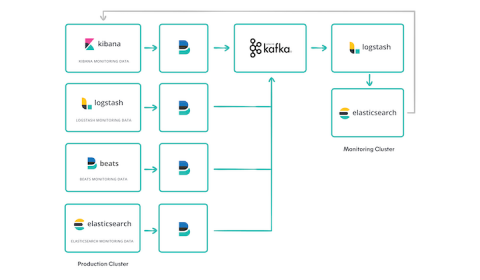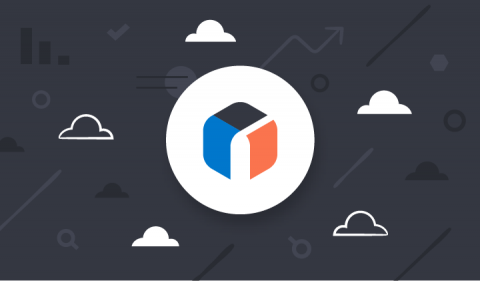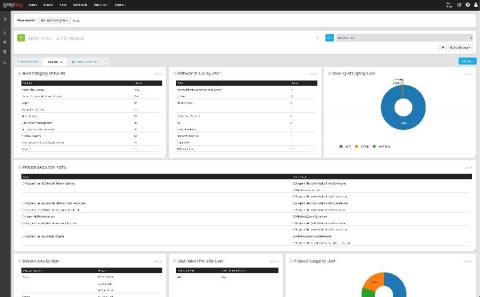Operations | Monitoring | ITSM | DevOps | Cloud
Analytics
Elastic Stack monitoring with Metricbeat via Logstash or Kafka
In a previous blog post, we introduced a new method of monitoring the Elastic Stack with Metricbeat. Using Metricbeat to externally collect monitoring information about Elastic Stack products improves the reliability of monitoring those products. It also provides flexibility with how the monitoring data may be routed to the Elasticsearch monitoring cluster.
Turning Unstructured Data Into Structured Data With Log Management Tools
What makes data structured or unstructured and how does that affect your logging efforts and information gain? Below we've provided a comparison of structured, semi-structured, and unstructured data. Also below, we discuss ways to turn unstructured data into structured data.
Getting started with Elastic App Search on Elastic Cloud
With Elastic App Search, you can easily add rich, powerful search to your website, applications, or mobile apps. And now you can deploy directly from the Elastic Cloud. App Search is built on top of Elasticsearch, meaning that it’s highly scalable and fast. It comes out of the box with pre-tuned relevance, but gives you plenty of user-friendly options for fine-tuning results to customize the search experience.
Elastic App Search: Now available on Elasticsearch Service
We're excited to announce that Elastic App Search is now generally available on Elasticsearch Service. App Search is a ready-to-use, fully complete search solution with user-friendly relevance tuning and analytics built in. And starting today, you can deploy App Search instances with the click of a button right from the Elasticsearch Service dashboard. Now you can get all the tooling needed for a powerfully relevant search experience with the operational flexibility and scale of Elastic Cloud.
InfluxDB Cloud Now Available on Google Cloud
Today we’re excited to announce the general availability of InfluxDB Cloud for Google Cloud. With this new service, GCP users can now use our leading time series data platform on Google infrastructure. This lets you address a wide range of use cases: server monitoring, IoT sensor data tracking, real-time customer analytics, application performance metrics, network monitoring, security threat detection, and financial market analysis.
InfluxData announces availability of the leading time series platform on Google Cloud
SAN FRANCISCO — February 4, 2020 — InfluxData, creator of the time series database InfluxDB, today announced the availability of InfluxDB Cloud on Google Cloud. The strategic collaboration, originally announced in April 2019, is part of a major Google Cloud initiative to make the most powerful open source technologies more accessible to its customer base.
Predicting and Preventing Crime with Machine Learning - Part 2
In the first part of this blog series, we presented a use case on how machine learning can help to improve police operations. The use case demonstrates how operational planning can be optimized by means of machine learning techniques using a crime dataset of Chicago. However, this isn’t the only way to predict and prevent crime. Our next example takes us to London to have a look at what NCCGroup’s Paul McDonough and Shashank Raina have worked on.
Announcing Graylog 3.2
This release unifies views, dashboards, and search for a more flexible and comprehensive approach to threat hunting. The expanded search introduces greater efficiency by making it easier to reuse searches you need to run on a regular basis with saved search and search workflows. Other enhancements such as full screen dashboards, and updates to alerting round out v3.2.
What Happens When User Research Meets Database Development
Fast-growing products are not overnight successes contrary to what you often hear. At InfluxData, we’re on a mission to build a user base from scratch with our new flagship product InfluxDB Cloud. Every new user has to go through a signup flow to create their account. So it must go as smoothly as possible. User research and design experimentation are the way we’ll reach this goal, and the main ingredient in this recipe is you: the community member.









